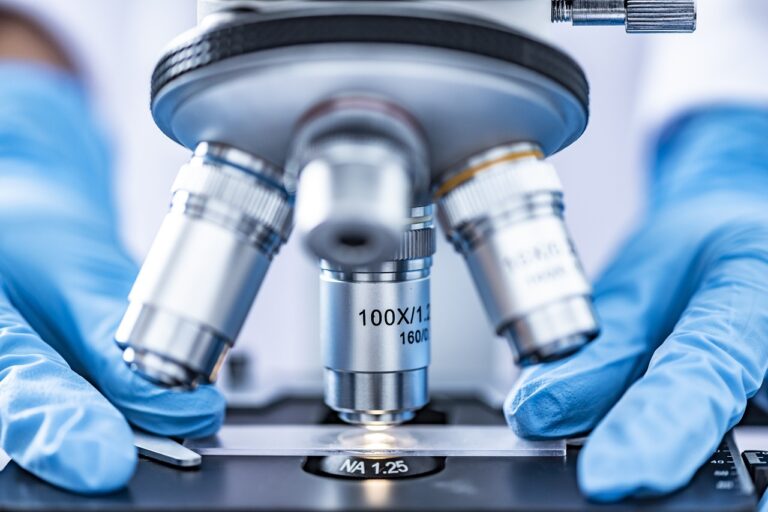Advancements in Wearable Technology for Parkinson’s Disease Management: Monitoring Symptoms in Real-Time
Wearable technology plays a crucial role in the management of Parkinson’s disease, offering significant benefits to patients by providing real-time data on their symptoms and activity levels. One important feature of these devices is their ability to track movement patterns, tremors, and other motor symptoms, allowing for more accurate monitoring of the disease progression.
Moreover, wearable technology can also incorporate medication reminders and dosing schedules, helping patients adhere to their treatment plans and improving overall disease management. These devices are designed to be user-friendly and comfortable to wear, ensuring that patients can easily incorporate them into their daily routines without feeling burdened or restricted. By utilizing the important features of wearable technology, individuals with Parkinson’s disease can experience improved symptom management and a better quality of life.
Impact of Real-Time Symptom Monitoring on Disease Management
Real-time symptom monitoring in Parkinson’s disease management has revolutionized the way patients and healthcare providers track and address symptoms. By continuously monitoring symptoms such as tremors, rigidity, and bradykinesia, individuals can gain valuable insights into their condition on a day-to-day basis. This real-time data allows for more personalized treatment plans tailored to each patient’s specific needs and fluctuations in symptoms.
Moreover, the ability to monitor symptoms in real-time enables early detection of any changes or complications, facilitating prompt intervention and proactive management. For instance, if a patient notices a sudden increase in tremors or difficulty with mobility, they can immediately notify their healthcare team for timely adjustments in medication or therapy. This proactive approach not only improves the overall quality of care but also empowers patients to take a more active role in their treatment journey.
Benefits of Continuous Monitoring for Parkinson’s Patients
Continuous monitoring of patients with Parkinson’s disease has shown promising benefits in improving their overall quality of life. By providing real-time data on symptoms and movement patterns, wearable technology allows for personalized and timely interventions that can help manage the disease more effectively. This constant monitoring enables healthcare providers to make informed decisions based on accurate and up-to-date information, leading to better outcomes for patients.
One of the key advantages of continuous monitoring is the ability to detect subtle changes in symptoms before they escalate. By capturing data round the clock, wearable devices can provide valuable insights into the progression of Parkinson’s disease, allowing for early detection of any worsening symptoms. This proactive approach not only aids in modifying treatment plans promptly but also empowers patients to take control of their health by recognizing patterns and trends in their condition.
• Wearable technology provides real-time data on symptoms and movement patterns
• Allows for personalized and timely interventions to manage the disease effectively
• Enables healthcare providers to make informed decisions based on accurate information
• Leads to better outcomes for patients
Continuous monitoring also helps in improving medication management for Parkinson’s patients. By tracking medication adherence and its impact on symptom control, wearable devices can provide valuable feedback to both patients and healthcare providers. This data-driven approach allows for adjustments in dosage or timing of medications, ensuring optimal treatment outcomes. Additionally, continuous monitoring can help in identifying any potential side effects or interactions with other medications, leading to safer and more effective treatment regimens.
• Helps in improving medication management by tracking adherence
• Provides feedback on the impact of medications on symptom control
• Allows for adjustments in dosage or timing of medications for optimal treatment outcomes
• Helps in identifying potential side effects or interactions with other medications
Furthermore, continuous monitoring plays a crucial role in enhancing rehabilitation efforts for Parkinson’s patients. By analyzing movement patterns and activity levels throughout the day, wearable devices can provide insights into the effectiveness of physical therapy exercises and daily activities. This information enables healthcare providers to tailor rehabilitation programs according to individual needs, maximizing functional improvements and quality of life for patients living with Parkinson’s disease.
• Enhances rehabilitation efforts by analyzing movement patterns and activity levels
• Provides insights into the effectiveness of physical therapy exercises and daily activities
• Enables tailored rehabilitation programs according to individual needs
• Maximizes functional improvements and quality of life
What are some important features of wearable technology for Parkinson’s disease management?
Some important features of wearable technology for Parkinson’s disease management include real-time symptom monitoring, medication reminders, activity tracking, and gait analysis.
How does real-time symptom monitoring impact disease management for Parkinson’s patients?
Real-time symptom monitoring allows for more accurate and timely adjustments to treatment plans, leading to better symptom management and overall quality of life for Parkinson’s patients.
What are some benefits of continuous monitoring for Parkinson’s patients?
Continuous monitoring provides a more comprehensive view of a patient’s condition, allowing for personalized treatment plans, early detection of complications, and improved communication between patients and healthcare providers.







